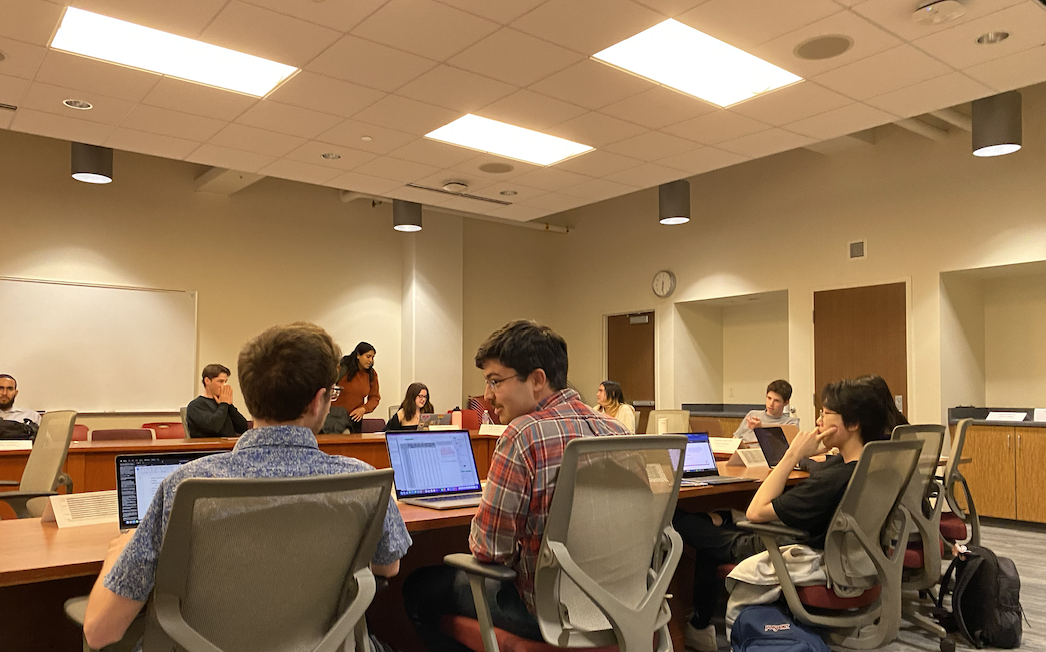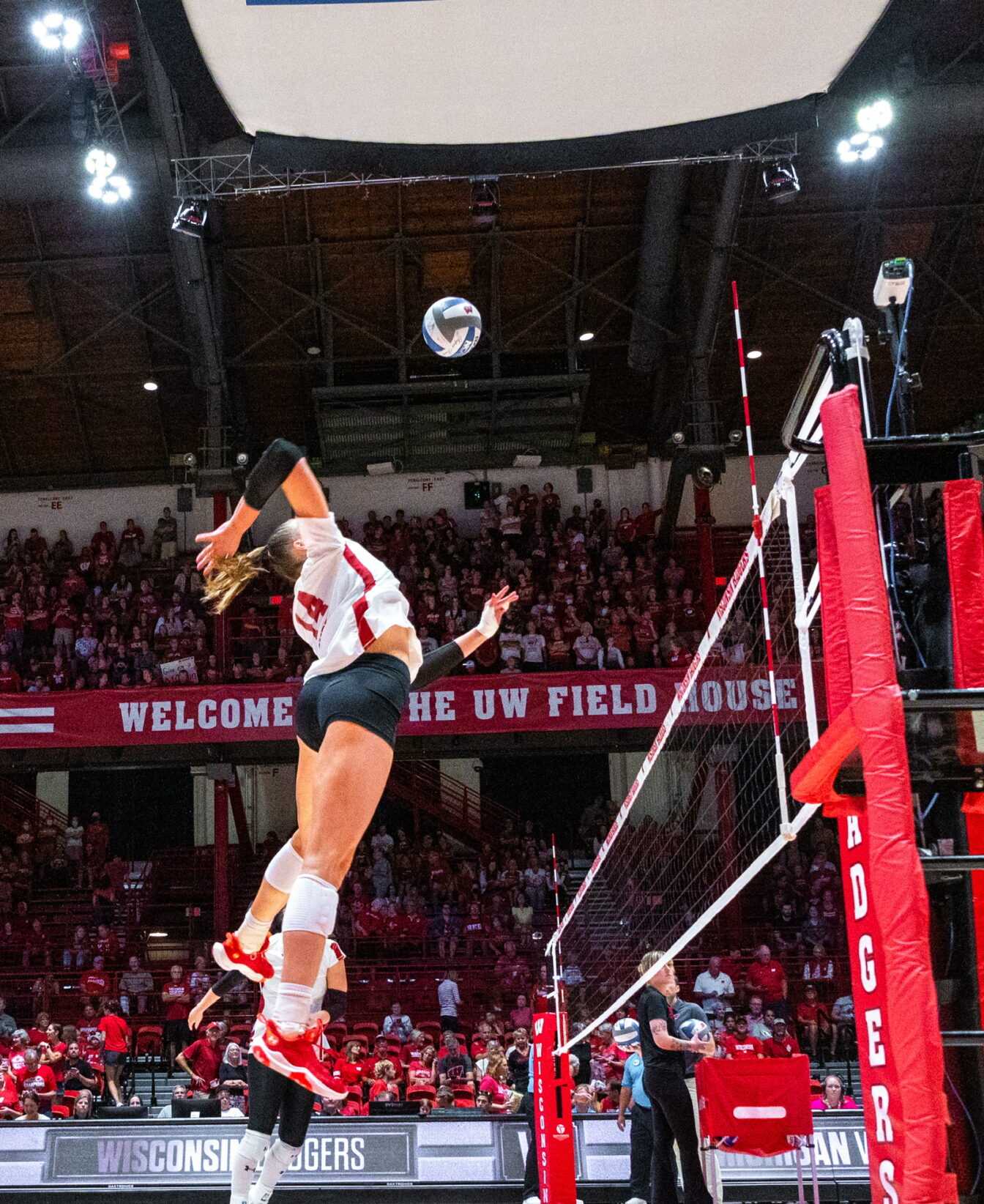In the culmination of more than four years of study, researchers from the University of Wisconsin-affiliated WiCell Research Institute reported a major breakthrough in the way stem cells are derived and cultured.
The findings were published Jan. 1 in the scientific journal Nature Biotechnology and will likely aid in speeding the process of getting stem-cell technologies from laboratories and to the patients who need stem-cell-related treatments.
"The major breakthroughs in the paper encompass … development of a new system for growing the existing registered stem-cell lines and two new lines that doesn't include any animal proteins at all," Tenneille Ludwig, lead author of the paper and UW research scientist working at WiCell, said.
Human embryonic stem cells have the ability to turn into any of the human body's 220 cell types. Proponents of such research have heralded it as one of the most promising medical innovations in history.
Andy Cohn, spokesman for the Wisconsin Alumni Research Foundation, said the need to hone stem-cell media has been at the forefront of the research since stem cells were first derived by James Thomson here in 1998.
"This has tremendous implications for the ability to use the cells with humans," Cohn said. "The [Food and Drug Administration] process is imminently easier when there are no animal proteins involved, so it opens up a whole new avenue of possibilities for using human embryonic stem cells."
With the new system, another research group, led by Jeffrey Jones, director of UW Hospital and Clinics IVF Laboratory and second author of the paper, was able to subsequently derive two new stem-cell lines free of any animal materials whatsoever.
"We were able to prove you can derive new stem-cell lines using this system that were never contaminated with any kind of animal proteins," Jones said.
The two new lines were derived from five embryos donated by patients who had undergone fertility treatment, but no longer needed them. Additionally, funding used for the project came solely from private contributors, and the study was approved through the UW-Madison Institutional Review Board.
Though similar systems have already been developed, Ludwig said they were not appropriate to use for stem-cell-line derivation due to imperfections.
"Just because you have a system where you can grow the cells doesn't mean that you can derive these cell lines in it, which is why this new system is so important as a proof of principle that we demonstrated this," Ludwig said.
Previous stem-cell lines had been derived and cultured using non-human animal components, which led to contamination of the lines because the cells incorporated some of the animal proteins into their cell walls. For example, the use of mouse "feeder cells" was necessary, as they help nourish, sustain and support the stem cells, allowing them to live and divide in culture.
Ludwig said one of the specific animal proteins that contaminated the cells rendered them unusable for human therapies because humans have antigens to the proteins, meaning any cells transplanted into a human would be rejected.
"That created a huge problem for using the existing stem-cell lines in any sort of clinical therapy," Ludwig said.
Furthermore, the scientists reported the new culture system eliminated the unwanted animal materials from contaminated stem-cell lines, which will save stem-cell researchers time and resources, Ludwig added.
Though the two new lines derived will not be used for applicable clinical use due to chromosomal abnormalities, the work Ludwig and her colleagues have accomplished over the past several years will be extremely useful for future stem-cell lines.
Once stem-cell technology is further perfected, scientists will use the cells as treatment for a plethora of human diseases and maladies, such as Parkinson's disease, juvenile diabetes and heart conditions.
"It is really important to remember that one of the biggest things we can also do with the existing cells is learn about the human body and learn about basic developmental biology, to possibly prevent diseases before they happen," Ludwig said, noting there are more than 80 researchers on campus whose work directly involves stem cells.
Ludwig and Thomson's newest research is especially important to the university, Cohn said, because UW was beginning to lag behind other research institutions in the United States and around the world.
"It just confirms the leadership of WiCell and UW-Madison," Cohn said. "There were all sorts of stories about UW falling behind California and South Korea, but I think people need to look at what's happening at Wisconsin."
Setbacks
This breakthrough may be a rallying point for researchers, but news of Ludwig's study comes at the heels of an incident which has grabbed international attention. The research field was dealt a rattling blow when a prominent researcher in South Korea, Hwang Woo-suk, admitted to faking studies related to the successful cloning of human stem cells.
Though the investigation into Hwang's actions is still underway, Ludwig said the worst thing that could come out of the incident would be if the general public loses confidence in stem-cell research or the scientists who conduct it.
"This is one man, one laboratory, and this happened halfway around the world," Ludwig said, "and it has nothing to do with the quality and caliber of the work that is going on here."
Stem cells: Past, present and future
UW has been known as a pioneer in the field, as Thomson — the senior author of the study and a UW anatomy professor — derived UW's five stem-cell lines in 1998.
But as the federal government became involved in regulating stem-cell research, in 2001 President George W. Bush enforced a limit on federal funding for the 22 stem-cell lines existing at the time.
This restriction is up for reconsideration, however, as the U.S. House of Representatives will soon vote to determine whether to lift the funding limit.
"I really think the climate is changing," Cohn said, noting the measure is gaining public and government support. "We are making real progress in terms of public education and public acceptance of the potential for stem-cell research."
Not only has the federal government become involved in stem-cell regulation, but the Wisconsin State Legislature has, as well. In the fall, the Legislature approved a state ban on human cloning for both therapeutic and reproductive purposes, which was heralded by pro-life advocates but seen as a harsh stifling of the field by local scientists.
Gov. Jim Doyle swiftly vetoed the measure, surrounded by researchers, victims of diseases which will likely be treated via stem-cell therapy and their families in a research lab on campus.
Additionally, last week, State Sens. Mark Miller, D-Monona, and Jon Erpenbach, D-Middleton, introduced legislation commending Thomson and his work in stem-cell research, especially taking note of this most recent breakthrough.
"I believe it is time for the Legislature to go on record as supporting stem-cell research in Wisconsin," Miller said in a release. "We need to do the right thing and ensure advances in research and technology are supported in this state."
















